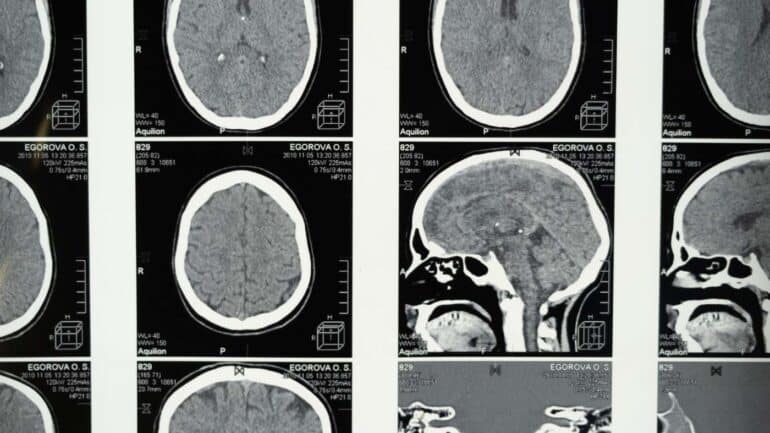Dr Linda Iles performs post-mortem brain examinations on people every single day, and what she discovers in these exams is extraordinarily telling of the life that person led.
On the latest episode of Crime Insiders: Forensics, she explains to podcast host Kathryn Fox just how delicate our brains really are:
“We need to remove the brain. It’s quite hard to do a thorough brain examination because it’s quite a soft organ and it doesn’t lend itself to easy handling in that state. So we need to subject it to a period of fixation. Putting it in a solution to make it firm so that we can actually examine it properly.”
Working at the Victorian Institute of Forensic Medicine as a forensic neuropathologist, Dr Iles sees a lot of Chronic Traumatic Encephalopathy (CTE). This is a progressive degenerative brain disease typically found in people with a history of repetitive brain trauma, and athletes who play contact sports like AFL, NRL, soccer and martial arts are said to be at a high risk of developing CTE. But did you CTE can only be diagnosed post-mortem and by a forensic expert!?
According to Dr Iles, diagnosing CTE and performing one of these exams can only be done under specific circumstances – meaning that some diagnoses are being missed.
“The difficulty with CTE is that the symptoms are nonspecific. Unless we know that they’ve potentially had that chronic exposure to trauma, then we don’t know to look for it. We don’t know unless we look and looking is hard and looking is not something that every family is understandably happy for us to do.”
To understand more about the examinations performed by forensic experts, listen below:
Delve into more episodes like these by downloading the free LiSTNR app!
